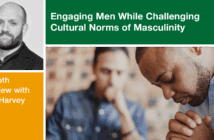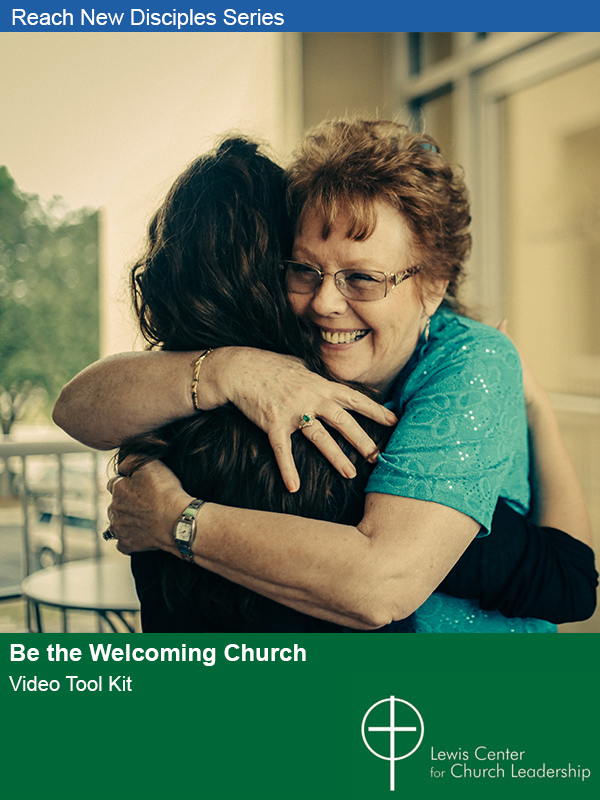Heidi Campbell, who has studied online churches since the early days of the internet, describes three online church strategies that emerged during the pandemic. The most common strategies mirror or modify the aspects of normal worship. But she sees the greatest promise in strategies that reimagine worship to take advantage of the unique possibilities of digital technology.
This article was originally published on July 14, 2020.
Three dominant strategies have emerged as religious leaders seek to do church online. The first two strategies, transferring church and translating church, mirror or modify specific aspects of normal worship practices. The aim is to replicate the core aspects of Christian worship — singing, scripture reading, and preaching — in easily identifiable ways. The third option is transforming public worship in a way that rethinks the essence of worship.
1. Transferring
The most common strategy is transferring the standard offline worship services to an online platform, with Facebook Live streaming being the most popular option. This is especially true for priests and pastors in mainline churches intent on simply transferring their traditional worship services online. Many church leaders film themselves in empty sanctuaries, alone, or with a few assistants singing psalms, offering calls and responses to liturgical readings, and staring close range into the camera while broadcasting a sermon to their members. Their goal seems to be to offer members a somewhat similar worship service but in the safety of their own homes.
2. Translation
Others use a translation strategy, modifying their worship rituals and space to fit onto a limited screen. Many nondenominational and interdenominational churches, who were already used to using media in their services, have created makeshift studios to host their online services. They seem to translate their worship experience into more of a talk show format, where a pastor serves as a host introducing the worship band as if they were musical guests and cuts to church leaders interviewing other staff members about their thoughts on the current pandemic and what a Christian response might look like. Some attempts to translate worship from offline to online include a limited interactive element, such as encouraging members to ask questions about what they saw via Facebook comments or a Twitter feed.
3. Transforming
A smaller number of churches have used the shift to online as an opportunity to rethink the essence of the church — what do members need—and transforming their worship services accordingly. Here, the standard “praise and worship sandwich” — joyful praise songs followed by an emotional sermon and then reflective worship music — is abandoned for more of a “fireside chat” model. The pastor or senior minister sits on a couch as if having a conversation with members, offering honest reflection on personal struggles with the pandemic situation and creating a dialogue with members, asking them to share their prayer requests and thoughts in real time via social media or texts during and after the broadcast service.
Though some of these services are marked by some technical glitches or online buffering, they fully grasp the unique possibilities digital technology offers for community building and caring communication, as well as the chance to reimage what it means to be a church in the digital age.
Moving toward relational community online
Successful online communities and church experiences are those that cultivate social relationships and investment from their members. Churches should see the move to digital worship as an opportunity to create a unique space for conversation, care, and encouragement that focuses on affirming the relationships and people within their faith community. Instead of offering a one-way, broadcast-focused church service, the interactive features of social media and digital platforms can be used to create deeper personal connections between church members and leaders. Instead of pastors being the source of wisdom, digital media can be used to create intimate and empathetic communication, allowing both members and leaders to share words of encouragement and biblical insights on how to navigate this uncertain time.
I hope churches will take this time as an opportunity to rethink what church is and could be in an age of digital technology. Most of all, I hope they will take time to ask their members what they really need from their spiritual community and seek to design their church services around those needs.
This material is excerpted from “What Religious Groups Need to Consider When Trying to Do Church Online” in the free e-book The Distanced Church: Reflections on Doing Church Online, Heidi A. Campbell, Editor. Used by permission.
Related Resources
- Leading Ideas Talks Episode 58: “Rethinking Virtual Community” featuring Heidi Campbell
- 6 Traits People Value in Online Faith Communities by Heidi A. Campbell
- Connection is More Important than Content in Digital Gatherings by Zach Lambert







